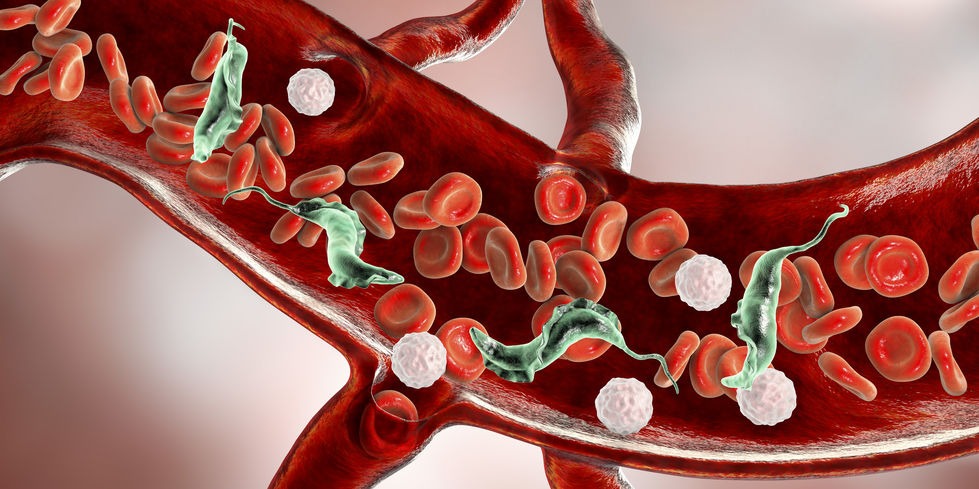Every April 14, World Chagas Day is a reminder of the importance of caring for this disease that affects 7 million people worldwide, mainly in Latin America. At the institute, several laboratories are dedicated to the research of different
aspects of Chagas disease and contribute to the knowledge of genomics and the mechanism of infection.
Chagas disease and the silence that surrounds it
Chagas disease is a potentially fatal parasitic disease caused by the Trypanosoma cruzi parasite. It is transmitted to people and animals through the bite of vinchucas, an insect that inhabits rural areas and/or areas where poverty prevails.
In addition to this route of transmission, it can also be acquired through blood transfusions, organ transplants, consumption of food contaminated with the parasite, and from mother to child through the placenta during pregnancy.
In the body, the parasite lodges in the cells of the heart and intestine causing heart failure, digestive problems and risk of stroke.
The infection can cause mild symptoms such as fatigue, body aches, loss of appetite, vomiting (among others), or present without symptoms throughout the individual’s life, which occurs in 70% of the cases. However, 30% may develop a life-threatening heart, digestive or nervous system disorder.
Intestinal hiding place
Once it infects the organism, Trypanosoma cruzi manages to evade the response of
our immune system and the drugs used to fight it.
To understand how this parasite is housed especially in the intestine, two groups at the institute – the Redox Biology of Trypanosomes Laboratory and the Cell Biology Unit – developed laboritory-created miniature intestines.
These ‘mini-organs’ were generated from stem cells that mimic the structure and function of organs and serve as research models to study how tissues form, how diseases develop and how drugs work, among other utilities.
In their work, the scientists infected these ‘mini-bowels’ with the T. cruzi pathogen to study where and how it replicates in the cells and to learn what happens to the action of the drugs.
The results of the work were published in March 2024 in Frontiers in Microbiology. This work is led by Marcelo Comini and Mariela Bollati, responsible for the Redox Trypanosomatid Biology Laboratory and the Cell Biology Unit, respectively.
Specialized in placentas
At the institute, the Laboratory of Host-Pathogen Interactions is also dedicated to the study of Chagas disease, but with particular attention to cases of infected pregnant women.
This study is based on data collected by the Department of Parasitology and
Mycology of the Instituto de Higiene of the Universidad de la República, which carries out systematic monitoring of pregnant women with Chagas disease.
In these studies it was observed that many pregnant women with Chagas disease had no symptoms, and upon further family analysis it was found that the infection was also present in the mother of the pregnant woman and in her grandmother. This implied that the parasite was able to be transmitted silently from generation to generation.
Based on this observation, scientists from the Institut Pasteur de Montevideo
developed a study that confirmed that the parasite strains detected in the women were specialized for transmission through the placenta. They were not as virulent as strains transmitted by other routes and achieved this parasitic attachment to the organism silently.
A study led by Paula Faral -from the Host-Pathogen Interactions Laboratory- published in 2023 in Microbiology Spectrum, analyzed characteristics of these strains specialized in placental transmission and found that while the virulent strain of T. cruzi modulated more than 2,500 placental genes to enter the fetus, the strains specialized in vertical transmission only modulated 150 genes, generating a lower immune response in the organism.
Now, a new study initiated by the laboratory, led by Lisvane Paes, and
funded by the Agencia Nacional de Invetigación e Innovación, seeks to go a step further and sequence the genome of these specialized strains.


